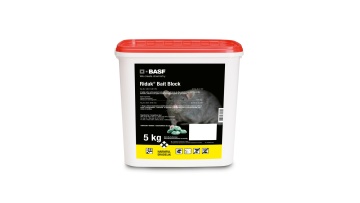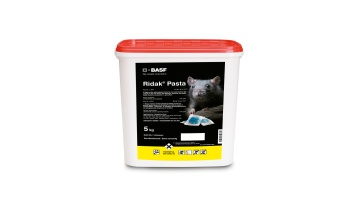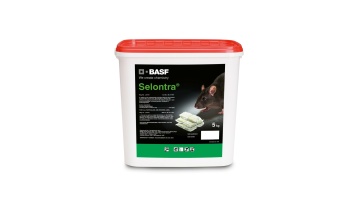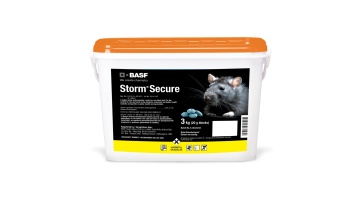Rodents
With a solid understanding of rodent behavior, programs can be planned to keep rat and mouse population under control throughout the year with the least cost and hassle as well as minimum risk to other wildlife, livestock, poultry and other non target animals, and also reducing the risk for the contamination on stored foodstuffs etc.
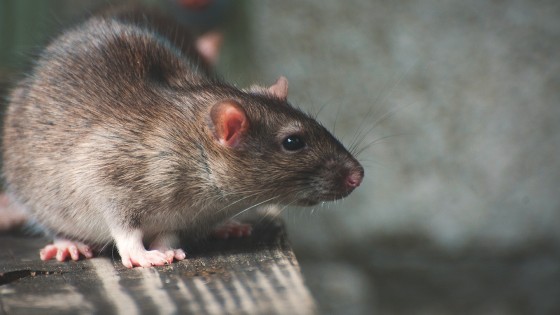
Rodent control is best carried out as part of an established seasonal routine. It should always be linked to:
- Continual monitoring of activity
- Good hygiene to remove alternative food sources
- Effective rodent proofing to make the environment less hospitable to subsequent re-infestation
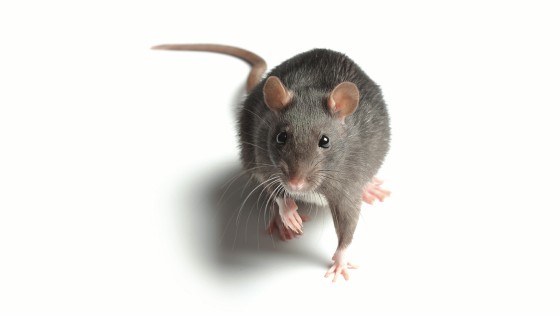
Effective control includes:
- Sufficient baiting points
- Good bait siting
- Proper bait management
- Integrated control
A sufficient number of baiting points is vital to ensure as many rodents as possible are able to consume a lethal dose of rodenticide as rapidly as possible. While baiting in external burrows has been found to give the best rat control, it can present greater risks to other wildlife and house pets (in some countries the use in burrows is not allowed). Failure to replenish bait often enough is a common reason for poor rodent control.
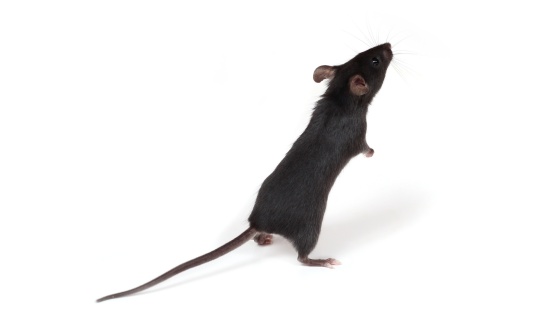
While rodenticides are the central control point of most commercial and domestic rat and mouse control programs, partial control can make programs ineffective. In addition to using rodenticides as effectively as possible, trapping can also be very useful.

